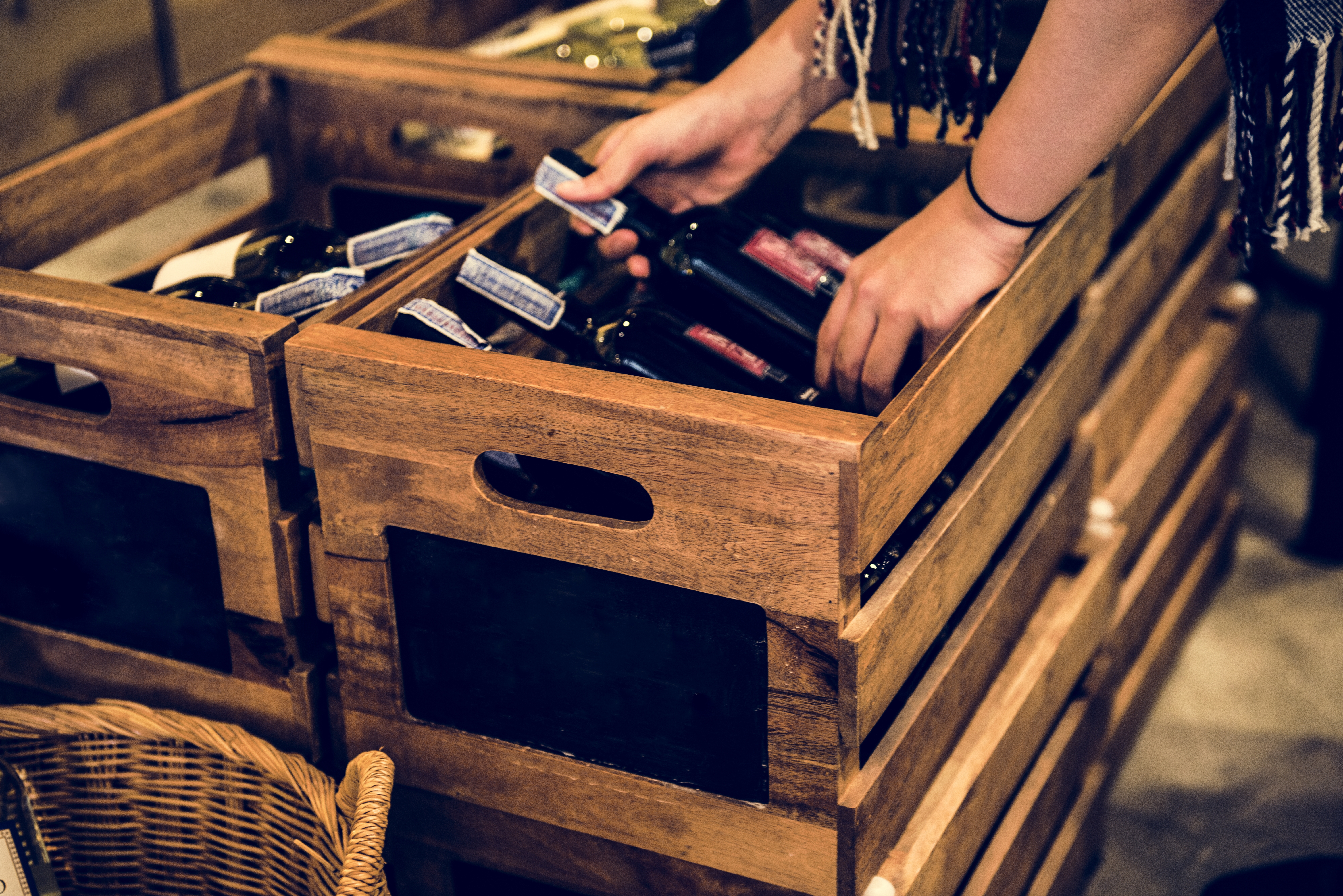Seafood safe; problem is price
Published 6:35 pm Thursday, May 10, 2012
Area seafood restaurant owners and dealers say that “most of the public,” who love their seafood, are not worried about safety as much as they are about price.
It’s been two years since the BP oil spill in the Gulf, and there still are a small portion of the public worried about safety issues, say restaurant managers and owners, but proprietors and managers of seafood restaurants and one wholesaler, whom the Item interviewed, say that seafood that is sold on the market is definitely safe and is probably inspected more now, since the spill, than ever before.
Says George Lods, manager of Jubilee, 405 South Main, a wholesaler who sells seafood in Mississippi, Louisiana and Alabama, “Because of the BP oil spill, Gulf Coast seafood is probably the most tested seafood in the world, and yes, it is safe, no question.” Lods gets most of his seafood from the Gulf.
Trending
Lods also says that falling supplies are the cause of higher prices, but there are many factors that impact the price. He says the oyster reefs were closed for months and that EPA required boats to put in new refrigeration, which costs fishermen more money to operate.
Lods said prices should moderate and even fall some if supplies increase.
David Wilkinson, manager of New Orleans Fish House, 3 Liberty Road, says he believes that the BP oil spill is still causing problems and impacting the seafood industry, even after two years.
“There are some people out there who are afraid to eat seafood, although it is perfectly safe and is inspected more now than ever, since the oil spill. I hate to say it, but it’s the truth. They shouldn’t be afraid because seafood is safe,” said Wilkinson.
Wilkinson, who has been working in the seafood industry for 25 years, said that catches are down and that is the reason behind the stiff increase in prices. “It’s supply and demand. The catches are down and that forces the price up,” he said.
So, safety is not an issue, but pricing is.
Says Mark Penton, proprietor of Don’s Seafood, 800 U.S. Highway 11 South, “It’s the price that is our problem right now. Everything right now is sky high, and there is a limit, a top end, that you can charge your customers, so we have to just hold on.”
For instance, Penton says the price of a gallon of oysters has almost doubled recently, from $27 to $40.
“As I said, it’s sky high and you can’t keep going up on your prices. You have to keep prices at a certain level,” said Penton. He said he purchases most all of his seafood locally.
Millie Ducote, owner of Seven C’s Restaurant, 7376 U.S. Hwy. 11 North, Carriere, agreed with Penton. “It’s the price that is causing us problems,” she said. “Our seafood is safe.”
She said catfish, a freshwater fish that is now purchased mostly from farms that raise them specifically for market and not affected by the spill in the Gulf, has tripled in price and oysters are over $40 a gallon.
Ducote said she is not hearing any concerns from the public over safety issues. She said she purchases her seafood locally.
Lods says the BP oil spill definitely impacted everything, but he said a lot of things are factored into the prices. “Right now there are only a few boats out in the Gulf shrimping. Louisiana shrimp season opens up in a few weeks, and depending on the catch, the price should stabilize, or might even come down,” he said.
He added, “The supply should get more plentiful and prices should start to fall, if it is a decent season. It has happened that prices didn’t change, but I think this year will be a decent season.”
As to oyster prices, says Lods, “The oyster harvesting was shut down for six to eight months after the oil spill, and they have just opened up again. It was so bad at one time that we were flying in oysters from Seattle, Wash.”



